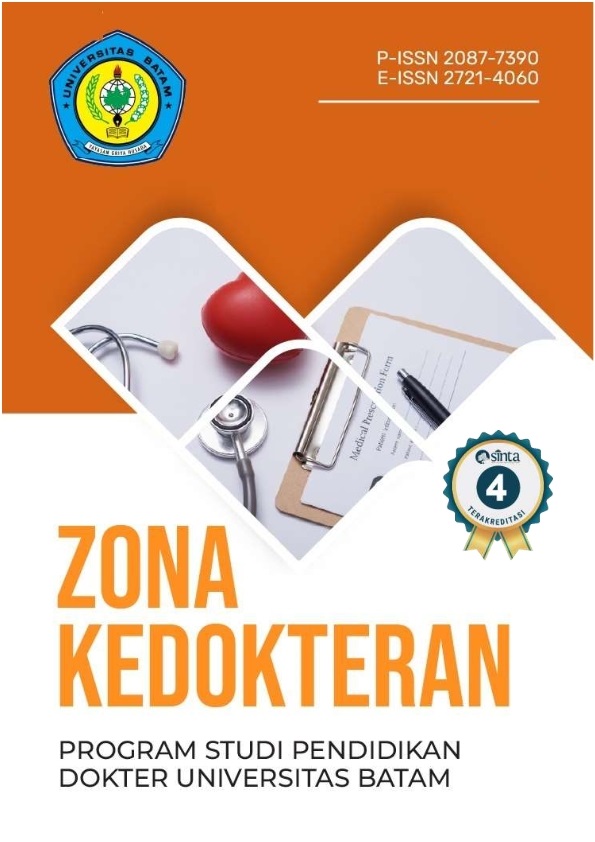THE RELATIONSHIP BETWEEN CLINICAL FACTORS AND OUTCOMES OF GASTROSCHISIS PATIENTS AT DR. ZAINOEL ABIDIN REGIONAL HOSPITAL, BANDA ACEH
DOI:
https://doi.org/10.37776/zked.v15i3.1961Abstract
Background: Gastroschisis is an abdominal wall defect without a covering membrane, leaving intra-abdominal organs, particularly the intestines, exposed. Globally, the incidence varies, ranging from 0.22 to 7.91 per 10,000 live births.Objective: To determine the clinical associations of gastroschisis patients and identify risk factors that could potentially influence clinical outcomes at Dr. Zainoel Abidin Regional General Hospital, Banda Aceh. Methods: This retrospective observational study using medical records of patients with gastroschisis born between January 1, 2015, and December 31, 2018. Univariate and bivariate data analysis using the chi-square test with a P value <0.05. Results: In this study, the majority of patients were male (52.6%) with a birth weight ranging from 1,500 to 2,500 grams (63.2%). The most frequently performed intervention was primary closure (84.2%), predominantly conducted on day 0 of life (36.8%). A mild Apgar score was observed in 68.4% of the patients. There were statistically significant associations between survival duration and birth weight (p=0.016), type of surgical intervention (p=0.007), Apgar score (p=0.022), and timing of the intervention (p=0.000). Conclusion: Gastroschisis patients at this hospital are generally low-birth-weight boys born to young mothers. Factors such as birth weight, type of procedure, Apgar score, and age at procedure are associated with survival.Downloads
Published
Issue
Section
License
Copyright (c) 2025 Darul Ilham

This work is licensed under a Creative Commons Attribution-NonCommercial-ShareAlike 4.0 International License.






